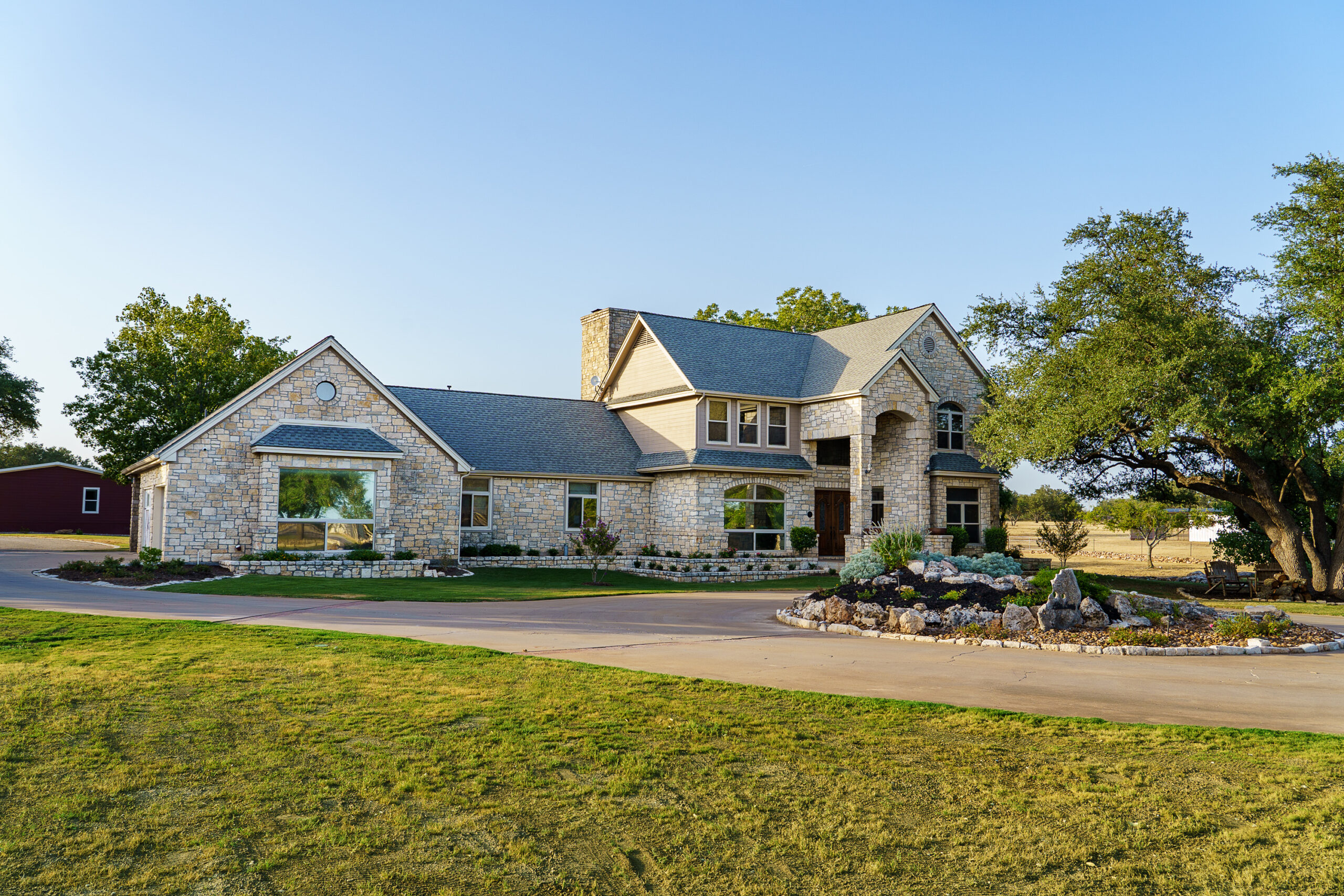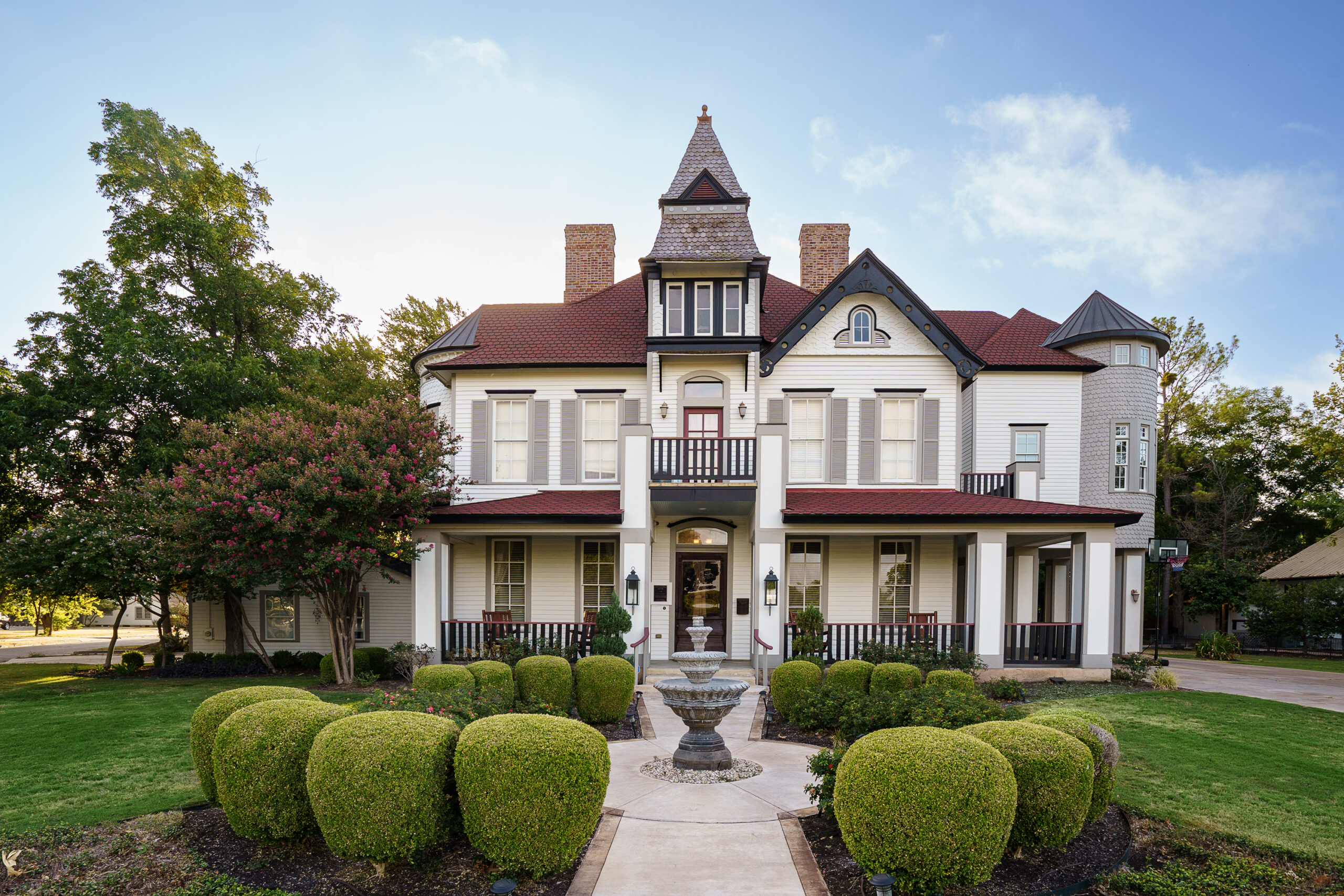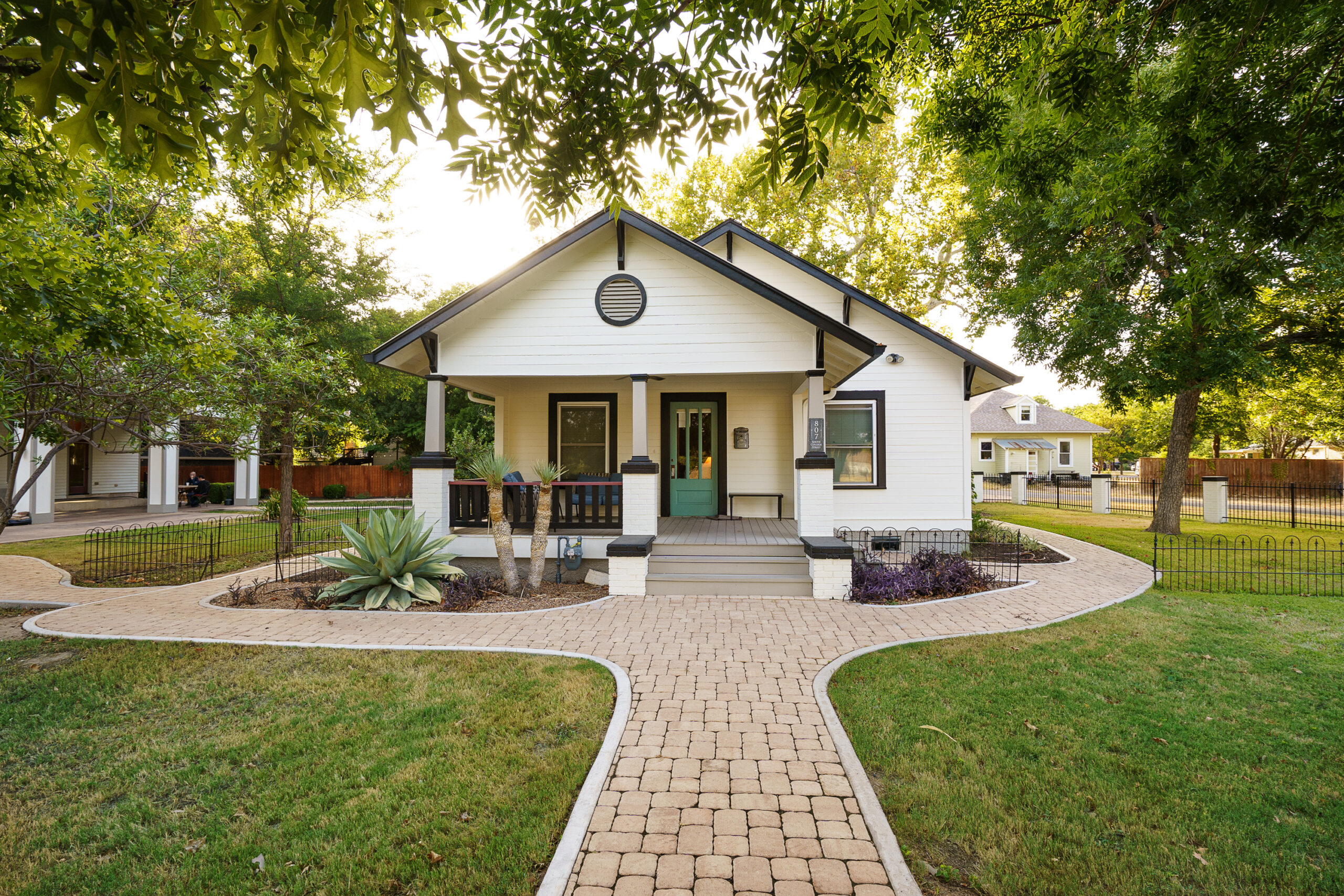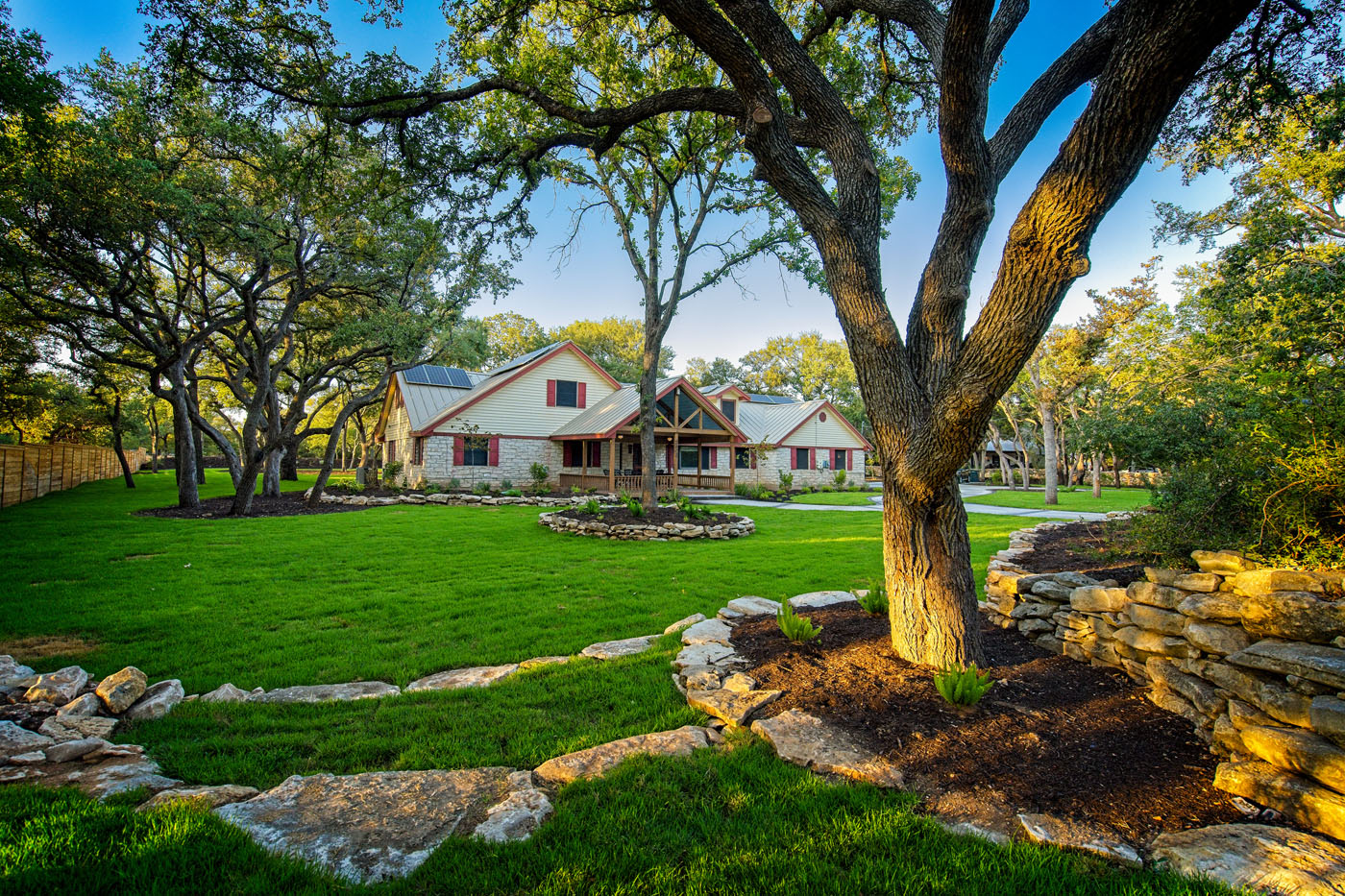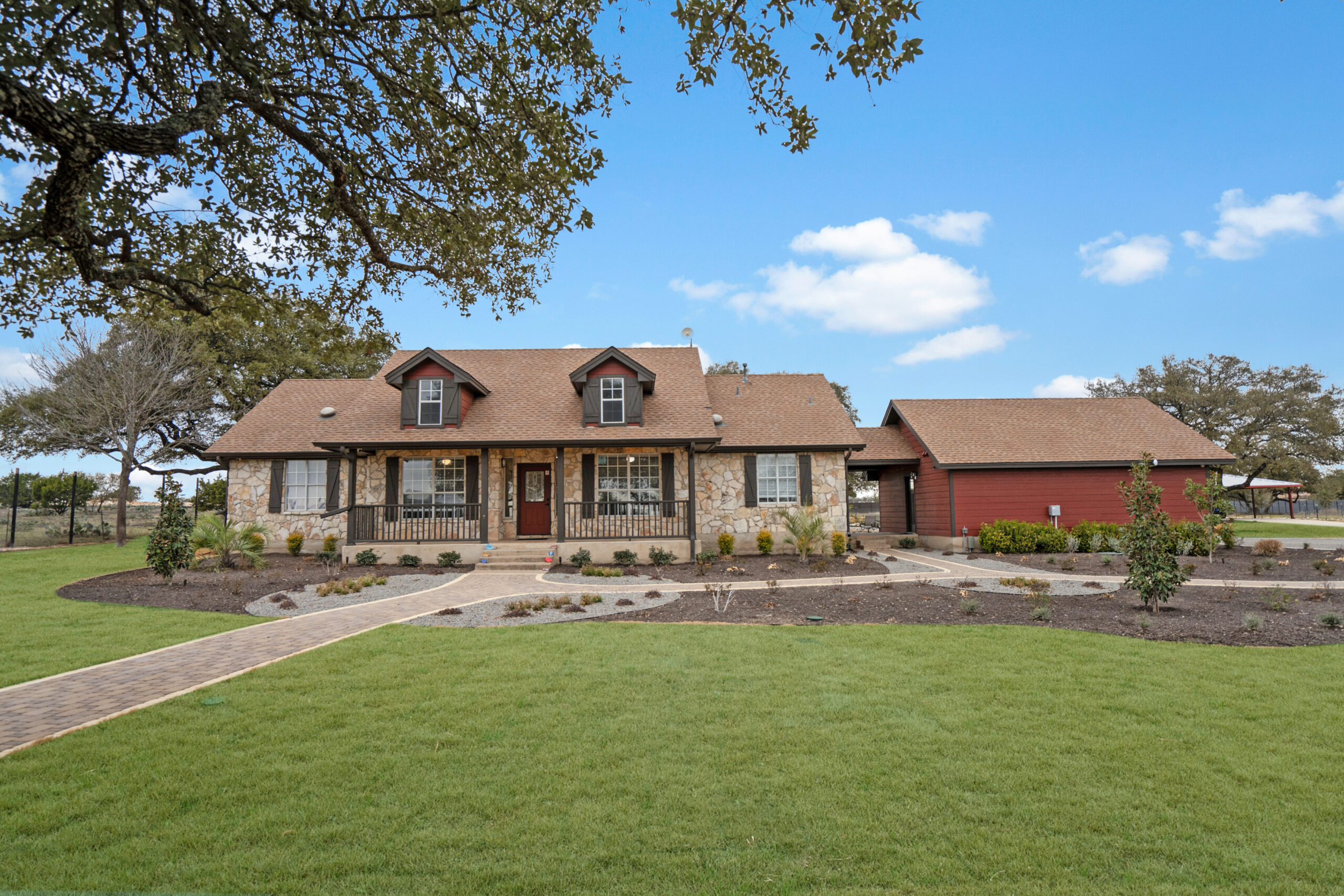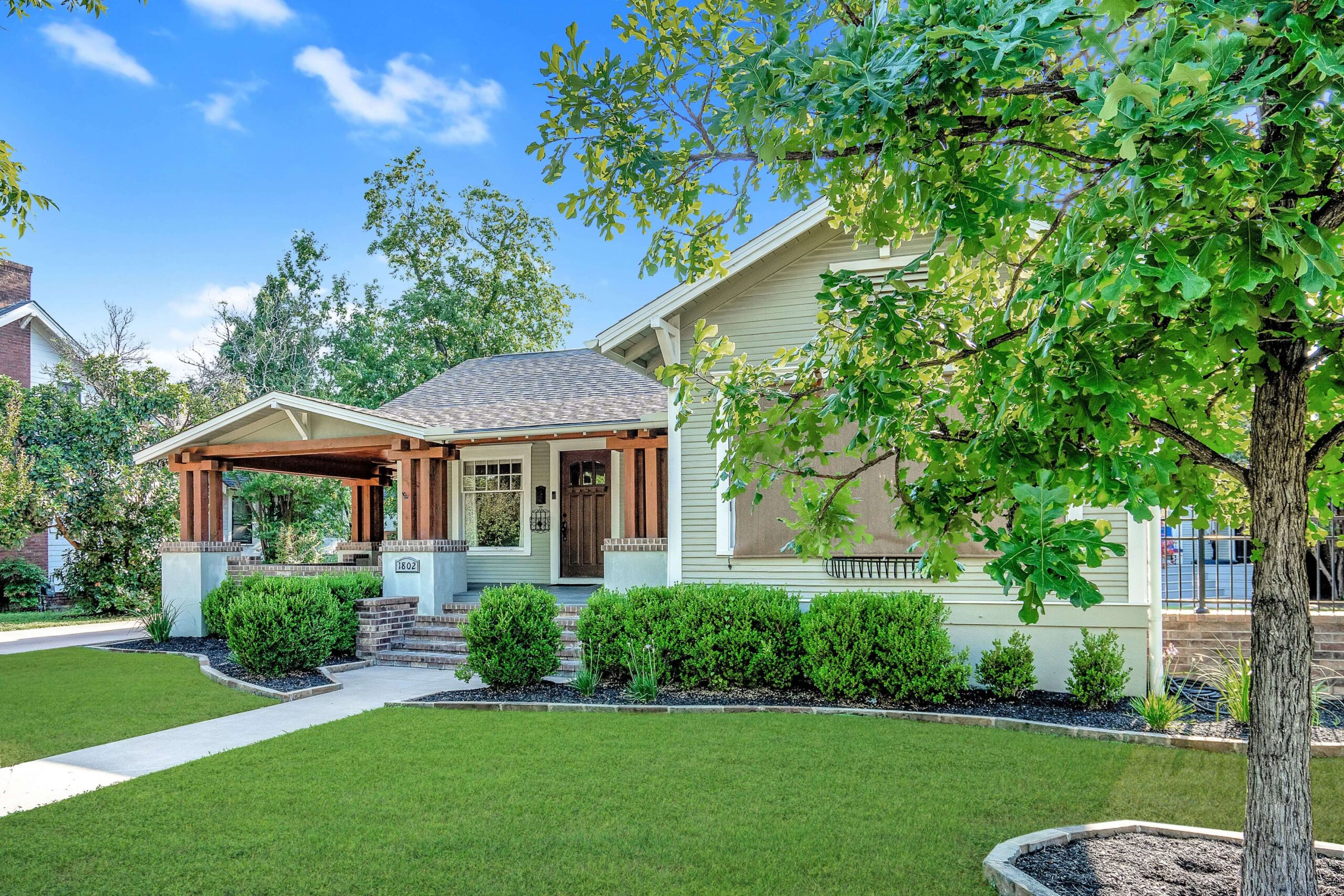Importance of Bipolar Residential Treatment Centers
Living with bipolar disorder is akin to weathering unrelenting storms of emotional upheaval. It’s not just the person who endures the mood swings; families and friends feel the ripple effects too. Bipolar residential treatment centers offer a sanctuary where individuals can receive comprehensive care tailored to their specific needs. Here, the focus is on creating a structured environment that promotes stability and wellness, which can be challenging to achieve in outpatient settings.
At Alta Loma, where I’ve worked for over two decades, we emphasize the significance of personalized treatment. Our experience has shown that by addressing mental health conditions holistically, patients can achieve lasting recovery. The structured programs at bipolar residential treatment centers provide an opportunity to focus on stabilizing mood fluctuations through medication management, therapy, and lifestyle changes, all under professional supervision.
Core Features of Effective Treatment Centers
When evaluating bipolar residential treatment centers, certain core features distinguish the effective ones. These include:
- Personalized Care Plans: Each individual receives a tailored treatment plan to address their unique symptoms and challenges.
- Multidisciplinary Team: Centers should have a team of professionals, including psychiatrists, therapists, and nutritionists, all working together.
- Evidenced-Based Therapies: Cognitive Behavioral Therapy (CBT), Dialectical Behavior Therapy (DBT), and other proven methods form the treatment backbone.
- Continued Support: Discharge plans and aftercare support are crucial for maintaining progress post-treatment.
At Alta Loma, we’ve seen clients thrive when holistic approaches are applied, emphasizing the integration of mind, body, and spirit.
How Residential Treatment Aids Recovery
Unlike outpatient therapy that may offer limited contact, bipolar residential treatment centers provide 24/7 care. This constant attention can make a critical difference in the recovery journey. Patients have immediate access to professional help, reducing the risk of crises.
From my extensive experience, the controlled environment is crucial for individuals battling severe episodes. Inside these facilities, disruptions from the outside world are minimized, allowing residents to concentrate on healing. Therapeutic activities and community integration programs help patients reconnect with life positively and sustainably.
Regular involvement in activities like group therapy and art therapy fosters expression and understanding among peers facing similar challenges. Such camaraderie can be a remarkable catalyst for change and growth.
Residential settings also allow for innovative therapies. At Alta Loma, we’ve seen success with methods like mindfulness and recreation therapy in creating a calm and focused mind.
Common Misconceptions About Bipolar Residential Treatment Centers
Despite their value, misconceptions about bipolar residential treatment centers persist. One frequent misunderstanding is that they are simply “lockdown” facilities. In reality, these centers are environments of healing, not confinement.
Another misconception is the belief that residential care is only for severe cases. However, even those with moderate symptoms but significant life disruptions can benefit from a structured setting. The emphasis is on teaching skills for managing symptoms effectively, ensuring individuals are better equipped to handle life’s demands post-treatment.
It’s also vital to dispel the myth that once treatment ends, support ceases. Comprehensive discharge plans exist precisely to prevent this. At Alta Loma, we incorporate community resources and ongoing therapeutic support to foster sustained recovery.
What Qualifies as an Emergency for Admission?
An emergency situation for admission to bipolar residential treatment centers often involves immediate safety concerns, such as suicidal thoughts or behaviors, severe manic or depressive episodes, or substance abuse complications. It requires immediate attention to ensure the individual’s safety and stabilize their condition.
Based on my experiences, the first response should be contacting a healthcare professional to assess the situation’s severity. Immediate intervention might involve hospitalization or a referral to a residential treatment program specializing in acute crises.
The steps to follow in handling emergencies effectively:
- Contact a mental health professional or crisis hotline immediately.
- Ensure the individual’s safety by removing potential hazards.
- Arrange for an emergency assessment by a qualified professional.
- Admit the individual to a facility if deemed necessary by healthcare providers.
Our team at Alta Loma is always ready to guide families through these critical moments, ensuring that each step taken prioritizes the individual’s safety and well-being.
